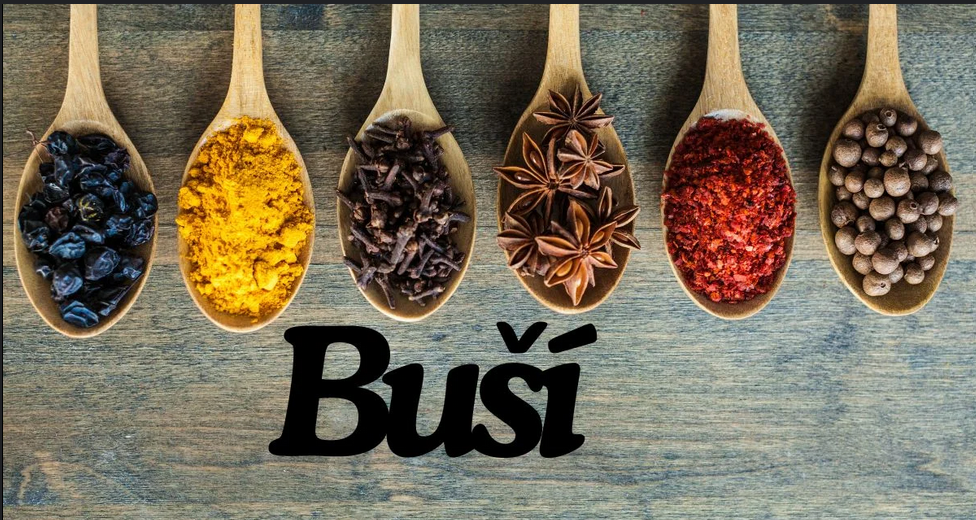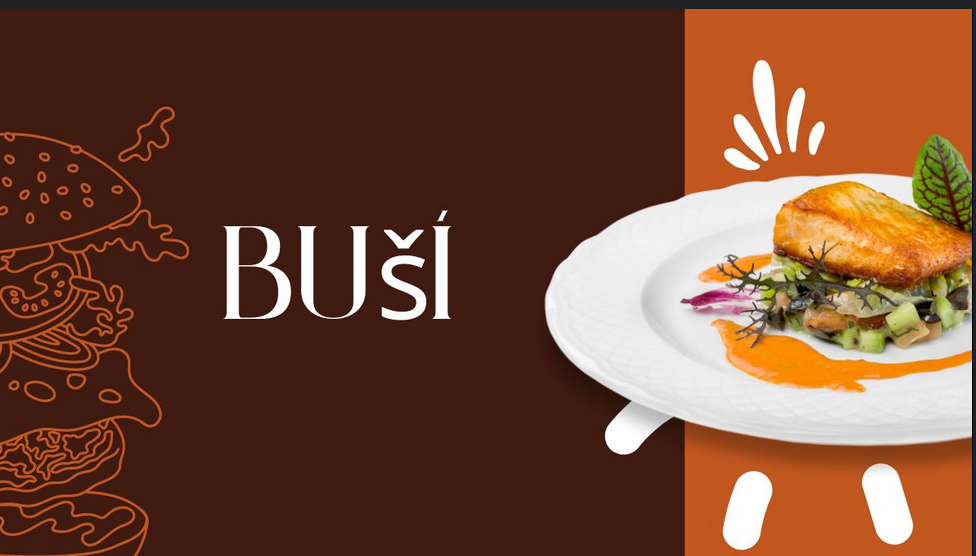Buší: Exploring Its Rich History and Cultural Legacy
Buší, a culinary masterpiece celebrated across various cultures, is more than just a dish; it’s a window into the rich tapestry of human history and tradition. From its ancient origins to its modern-day adaptations, Buší offers a fascinating journey through time. Let’s explore the story behind this delectable delight.
Origins of Buší

Ancient Beginnings
The origins of Buší are somewhat enigmatic, with theories suggesting that it dates back to ancient civilizations. Historians speculate that Buší may have been a staple in the diet of both royalty and commoners in early societies. This mysterious past adds to the allure of Buší, making it a subject of continuous culinary intrigue.
Evolution Through Time
As societies evolved, so did Buší. Initially a simple fare, it began to reflect the complexities of the cultures that embraced it. From opulent feasts in royal courts to modest village gatherings, Buší’s journey mirrors the broader evolution of culinary traditions across different civilizations.
Key Ingredients in Buší
Locally Sourced Staples
The essence of Buší lies in its ingredients, which are meticulously chosen to create a harmonious blend of flavors. Traditionally, Buší incorporates locally sourced staples, ensuring that each region’s unique produce contributes to the dish’s distinctive taste.
Exotic Spices and Additions
Alongside local ingredients, exotic spices often play a crucial role in defining Buší’s flavor profile. These spices, sometimes sourced from distant lands, add depth and complexity, making each version of Buší a unique culinary experience.
Traditional Preparation Techniques
Family Recipes and Variations
The preparation of Buší is an art passed down through generations. Each family may have its own cherished recipe, adding personal touches and variations to the traditional methods. This generational transfer of knowledge ensures that Buší remains a vibrant part of culinary heritage.
Cooking Methods and Equipment
Traditional cooking methods are integral to maintaining the authenticity of Buší. Whether it’s slow-cooked over an open flame or simmered in a heavy pot, these techniques are vital in achieving the rich, complex flavors that characterize Buší.
Cultural Significance of Buší
Symbol of Hospitality
Buší holds profound cultural significance, symbolizing hospitality and community. It is often served during gatherings, reflecting the warmth and unity of the host. Sharing Buší with others is a gesture of goodwill and an expression of cultural pride.
Role in Festivals and Celebrations
Throughout various festivals and celebrations, Buší takes a central role. From weddings to religious ceremonies, its presence is a mark of abundance and joy. It serves as a focal point in communal feasts, highlighting its importance in cultural festivities.
Regional Variations of Buší
Regional Adaptations and Ingredients
As Buší spread across different regions, it adapted to local tastes and available ingredients. This resulted in a variety of regional versions, each with its own unique twist. These adaptations showcase the dish’s versatility and the local influences on its preparation.
Popular Variants Across Continents
Globally, Buší has inspired numerous variants. From savory stews to aromatic curries, each regional take on Buší offers a distinct culinary experience, reflecting the diverse ways in which this dish has been embraced worldwide.
Modern Interpretations and Fusion
Innovative Techniques
In today’s culinary world, Buší is experiencing a renaissance. Chefs are experimenting with innovative techniques, transforming traditional recipes into contemporary masterpieces. This evolution reflects the dish’s adaptability and enduring appeal.
Fusion Cuisine and Global Influence
Buší has also found its place in fusion cuisine, where traditional elements meet modern flavors. This cross-cultural blending has expanded Buší’s reach, introducing it to new audiences and incorporating diverse culinary influences.
Health Benefits of Buší
Nutritional Value
Beyond its taste, Buší offers significant health benefits. Its ingredients are rich in essential vitamins, minerals, and antioxidants, contributing to a balanced and nutritious meal.
Health Benefits and Wellness
Regular consumption of Buší can support overall wellness. Its wholesome ingredients promote healthy digestion, boost immunity, and provide sustained energy, making it a nourishing choice for a balanced diet.
Buší as a Symbol of Unity
Cultural Bridging
In areas marked by conflict or division, Buší acts as a unifying force. Its shared cultural significance can bridge divides, fostering mutual understanding and appreciation among diverse communities.
Role in Conflict Resolution
Buší’s role in conflict resolution is emblematic of its power to bring people together. By focusing on shared traditions and communal dining experiences, Buší helps to bridge gaps and promote harmony.
Preserving Buší for Future Generations
Documenting Recipes and Traditions
To ensure that Buší endures for future generations, it is crucial to document its recipes and preparation methods. This preservation effort helps maintain the dish’s authenticity and keeps its cultural significance alive.
Sustainable Practices
Promoting sustainable practices in Buší production is also essential. Supporting local artisans and utilizing environmentally friendly methods can help preserve the dish’s heritage while minimizing its ecological footprint.
The Art of Enjoying Buší
Sensory Experience
Enjoying Buší is a multi-sensory experience. From the enticing aroma to the complex flavors, each aspect of Buší engages the senses, creating a memorable dining experience that celebrates its rich history.
Culinary Presentation
Presentation also plays a key role in the enjoyment of Buší. Thoughtful plating and garnishing enhance the visual appeal, complementing the dish’s taste and aroma, and enriching the overall dining experience.
Buší in Popular Culture
Literature and Arts
Buší has inspired various forms of popular culture, from literature to visual arts. Its depiction in creative works highlights its cultural significance and enduring charm, reflecting its impact beyond the culinary world.
Media and Film Appearances
In media and film, Buší often represents traditional values and cultural heritage. Its appearances in popular media underscore its importance as a symbol of community and tradition.
Global Recognition and Adoption
Michelin-Starred Appearances
Buší has gained recognition on the global stage, featuring in Michelin-starred restaurants and prestigious food festivals. This acclaim underscores its universal appeal and the respect it commands in the culinary world.
Food Festivals and International Recognition
Food festivals around the world celebrate Buší, highlighting its global influence. Its presence at such events reflects its status as a beloved and respected dish, enjoyed by diverse audiences.
Challenges and Opportunities
Industry Challenges
Despite its popularity, the Buší industry faces challenges such as economic instability and environmental concerns. Addressing these issues is crucial for the dish’s continued success and sustainability.
Opportunities for Growth
With a focus on innovation and collaboration, the Buší industry can turn challenges into opportunities. Embracing sustainable practices and exploring new markets can drive growth and resilience in the industry.
Conclusion
Buší is more than a dish; it embodies the essence of culture, history, and community. By savoring its flavors and honoring its tradition, we connect with a rich heritage that transcends time. Let us celebrate the artisans and communities that keep Buší alive, ensuring its legacy continues to enrich our lives.
Frequently Asked Questions ?
What is Buší?
Buší is a traditional dish with deep historical and cultural roots, known for its rich flavors and significance in various cultures.
What are the main ingredients of Buší?
The main ingredients vary by region but typically include meats, vegetables, spices, and grains.
How is Buší traditionally prepared?
Buší is traditionally prepared using slow-cooking methods, which allow the flavors to meld and develop a rich, hearty taste.
What are the health benefits of eating Buší?
Buší offers numerous health benefits, including a rich supply of vitamins, minerals, and antioxidants, contributing to overall wellness.
How can I experience Buší for myself?
To experience Buší, try authentic recipes, visit restaurants specializing in traditional dishes, or attend cultural events where Buší is served.







